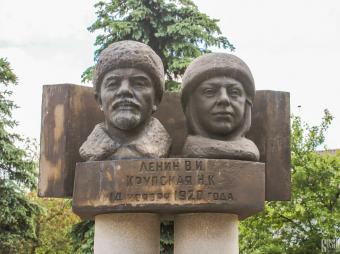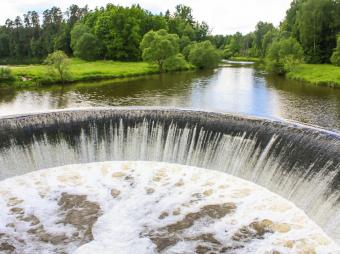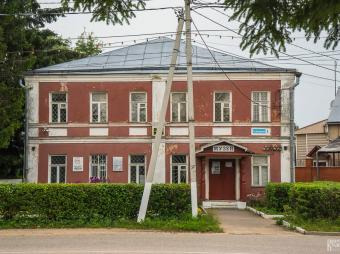Volokolamsk's main street is Ulitsa Panfilova which turns into Proezd, and then Ulitsa, Lenina, at Oktyarskaya Ploschad (October Square) - the city's main square. The Volokolamsk Kremlin is located near to this square. However if you have come to Volokolamsk it is worth also visiting some of the villages outside the city which have some great sights to offer tourists.
The village (selo) of Terayevo is located 25km from Volokolamsk and boasts the wonderful Iosifo-Volotsky Monastery which is located in picturesque countryside. Terayevo can be reached from Volokolamsk Bus Station by bus No. 23 which stops outside the monastery. It runs rather infrequently and takes approximately 1 hour.
The village (selo) of Yaropolets is located 16km from Volokolamsk. It can be reached from Volokolamsk Bus Station or Railway Station by bus No. 28 which stops outside the Goncharov Estate. It runs around once an hour and takes approximately 40 minutes. The main street is Ulitsa Sovetskaya which turns into Ulitsa Pushkinskaya at the intersection with Ulitsa Dodogorskogo.
The settlement (posyolok) of Dubosekovo is located 14km from Volokolamsk and is famous for the impressive Monument to the 28 Panfilovtsy Heroes, who succeeded in destroying appraching Nazi tanks. The easiest way to get there on public transport is by suburban train from Moscow or Volokolamsk. From Moscow it is the stop 10 minutes before Volokolamsk. Dubosekovo Station is located within walking distance from the monument.


 History
History










